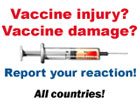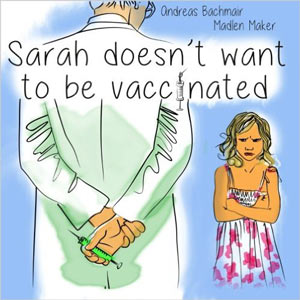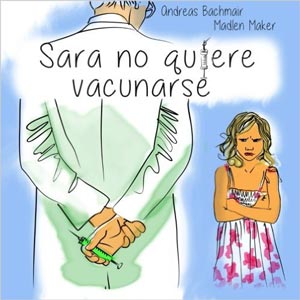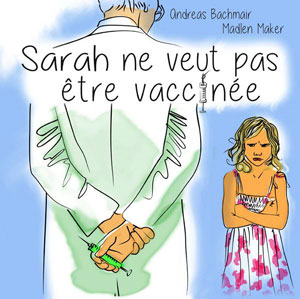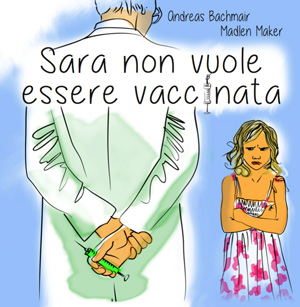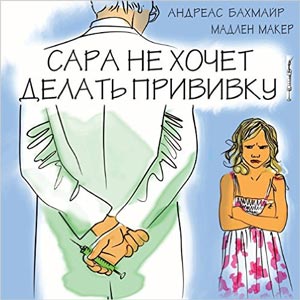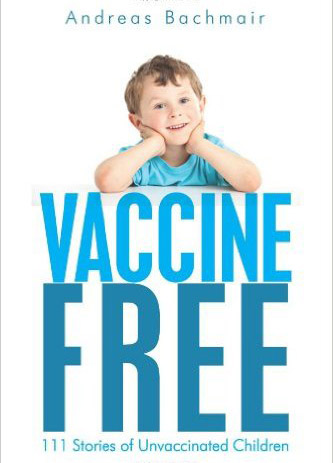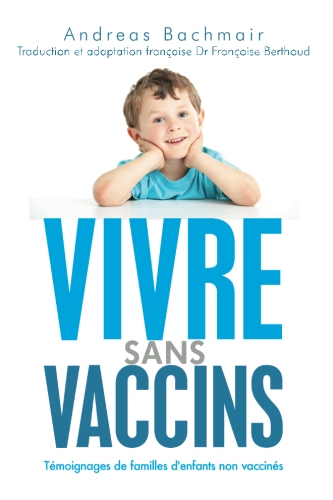Measles
Pathogens
The Morbilli virus is the pathogen and an air-borne transmission. In the prodromal stage and up to two days after the rash has broken out it is highly contagious (almost 100%). More than 95% of people who are 30 years and older today have had the disease; the rate in children who are younger than 5 years of age is probably less than 10%. Impfen: Routine oder Individualisation Eine Standortbestimmung aus hausärztlicher Sicht, 2. Auflage 2000, Arbeitsgruppe für differnenzierte Impfungen, S. 32)
The German Grüne Kreuz reports that almost one third of all cases of measles hits adolescents and adults today. Complications in this age group are almost twice as high as in small children.
Clinical picture
After an incubation period of 10-14 days there is an acute infectious disease accompanied by fever and catarrhous symptoms. This is the stage where the Koplik spots appear on the cheeks. After two to three days the typical measles rash starts behind the ears and then spreads across the ears, the face, the back and the extremities. The eyes are swollen and inflamed and one has the impression that the child has been crying. Then there is light sensitivity. The rash can last approx. 14 days and starts to recede in fine flakes. Contagion lasts from the incubation period until the fever has returned to normal.
Therapy
Mainstream medicine treats the symptoms. There is yet no therapy that goes to the root of the cause. When there are secondary infections the patient gets antibiotics.
Complications
Complications include middle ear infections, pneumonia and meningitis. There is also a danger of encephalitis.
After measles infections subacute scleroting penencephalitis or SSPE (severe infection of the central nervous disease) can
occur years or decades later. Because the cases of measles are going down this disease is, too. Measles are problematic during the first year of life due to lack of protection by the mother. It has been determined, however, that more cases are occurring in people who have been vaccinated (probably because more have been vaccinated) and that the incubation period has become shorter until the disease appears. You will find more information on that below.
(Dyken PR, Cunningham SC, Ward LC.: Changing character of subacute sclerosing panencephalitis in the United States.Pediatr Neurol. 1991 Mar-Apr;7(2):151./Dyken PR: Neuroprogressive disease of post-infectious origin: a review of a resurging subacute sclerosing panencephalitis (SSPE).,Ment Retard Dev Disabil Res Rev 2001;7(3):217-25 )
A word on measles encephalitis: Measles encephalitis has been reduced greatly as a result of the vaccination programs (this was an important goal), but at the same time the incidence of encephalitis due to other causes increased. What has increased is mainly encephalitis due to varizella zoster, enteroviruses, HHV-6 (human Herpes Virus) and Camydia pneumonia.
(Koskiniemi M, Korppi M, Mustonen K, Rantala H, Muttilainen M, Herrgard E, Ukkonen P, Vaheri A. : Epidemiology of Encephalitis in children. A prospective multicentre study. Eur J Pediatr. 1997 Jul;156(7):541-5.)
As the French Chemist Pasteur said: The pathogen is nothing, the terrain is everything. The other pathogens have closed the gap that measle encephalitis left.(Martin Hirte: Impfen: pro und contra . S. 187)
What makes vaccinations dangerous is that they can shift the disease into adult age. The course the disease takes then is much more serious. If the disease is experienced late the risk of contracting malignant diseases (Morbus Hodgkin) becomes greater. But this holds true not only for measles but for all children’s diseases.
During the 1960s Dr. Bob. C. Witsenburg noticed that among his measles patients in an African clinic paradoxically those who had the highest fever and the worst rash healed the best. When he stopped giving the medications to half of his patients the death rate in this group surprisingly dropped from 35% to 7%.
Immunity
Having undergone the measles leaves the person with lifelong immunity. In order for the immunity to last, wild boostering (contact with wild measles viruses) seems to play an important role. (Impfen, Routine oder Individualisation, Arbeitsgruppe für differenzierte Impfungen2 Aufl. März 2000, S. 32)
Sources: The pictures were taken from the article Measles from the free encyclopedia „Wikipedia and can be obtained underGNU-Lizenz für freie Dokumentation. You will also find a list of the authors there.



